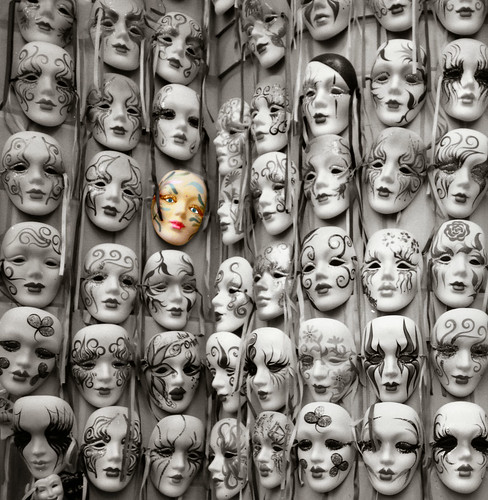Building experiences to mine
June 17th, 2013 | Filed under: teachingAs a teacher I have long understood and promoted the idea that to teach something you have to be able to do that thing. I’m not saying you have to be the world’s best writer, historian, athlete, musician, etc. to teach those subjects, but you need the experiences of doing those things to understand what it is like to be a novice.
This fact is best demonstrated by university professors. Some of my university professors were incredible experts in their fields, academics with published articles, and authors with stories and poems appearing in literary journals. However, those achievements said nothing of their teaching practice*. In fact, some of my most important experiences as a bachelor’s degree candidate were sitting in the offices of TAs, conferring about my work and getting feedback, not sitting in a crowded lecture hall listening to my professor. It’s true – I did have some incredible teachers in university that were both experts in their fields and great at teaching. But they are rare.
As is often the case with blogs, I’m getting ready to admit something shameful. I’m not fishing for comforting comments and compliments in this post, though you are free and welcome to dish them out. I am writing this to admit what I think is one of the most difficult aspects of teaching – that through the act of teaching and all the things that come along with that, we often forget to work on the craft we teach. Our subject knowledge often grows dull, edged out by “all that we have to do” in our jobs. We teach our way out of the subject that we love, becoming cliches with stories that gather dust and lose credibility with every new crop of students.
I realized that I had put a vast distance between me and the most important subjects I teach. My goal when I walk into the classroom is to support students in becoming strong readers and writers. However, I was doing neither of those things. I always had too much to do – too many papers to mark, too many units to plan, too many administrative details to tend to. My teaching has suffered. I realized over the last few months that the only reading I was really doing was for work and the only writing I was producing came in the form of tweets, e-mails, unit plans, and assignment sheets. I have lost my way.
So, in the face of such an embarrassing realization, I hunkered down with a few good books and gorged myself on them. I plowed through four books in the last week (American Gods by Neil Gaiman, The Handmaid’s Tale by Margaret Atwood, The Kite Runner by Khaled Hosseini, and The Absolutely True Diary of a Part-Time Indian by Sherman Alexie, if you’re wondering). It felt amazing. I was reading just because. Granted, I did want to explore these texts further to consider them for inclusion in our language arts curriculum, so technically this was tangentially related to work, but I enjoyed it. I loved it, even!
I discovered this past week that I was mining my reading life for lessons on what it means to be a reader. I saw opportunities to share mentor sentences, to demonstrate allusion and irony, to explain what it feels like to make connections while reading. I needed to be doing this. If I ever want to be a good teacher of reading, shouldn’t I be the reader I want to see in the world? Forgive me, Gandhi.
Katie Wood Ray in What You Know by Heart talks about mining your writing life for lessons in teaching writing. It’s a fabulous idea and makes a lot of sense…if you have a writing life. As I’ve been reading through this book, I’ve felt twinges of guilt and shame about the writer I wanted to be and thought I could be. I was a newspaper reporter before I began this teaching journey and for a short time I really was a writer. However, making that skill my job took the romance out of it for me and maybe that’s why I’ve shied away from it ever since. I think I’ve been afraid to let that piece of myself, buried away for so long, come out and be a part of my work life again. If I keep it buried and hidden, I don’t have to face the hard work involved. I can just have nostalgia for a dream that never happened and call it a day.
But I suppose if I want to be a teacher of writing, I can’t keep it hidden any longer. When my students ask me to share a piece of my writing with them, I want to be ready and able to do so – willing, even. Speaking from my growing-ever-distant memories of writing is no longer cutting it. The experiences are too far removed from my life now and my teaching is not what it could be for this time.
Just as I did with my reading life, I’m taking some steps to rebuild my writing life. This summer I’m starting a writer’s notebook and I have signed up for the #TeachersWrite virtual summer writing workshop. I will be in the U.S., traveling and visiting friends and family, and I want to use some of that Virginia sunshine to cultivate writing experiences. I’m not sure what form anything will take or how successful I will be, but my goal right now is just to start and we’ll see where it goes from there.
*If you are interested in a hilarious and decidedly NSFW example of this phenomenon in secondary physical education, check out the T.V. show Eastbound & Down and keep an eye out for Kenny Powers.
Tags: katie wood ray, reading, teachers write, writing 3 Comments »


